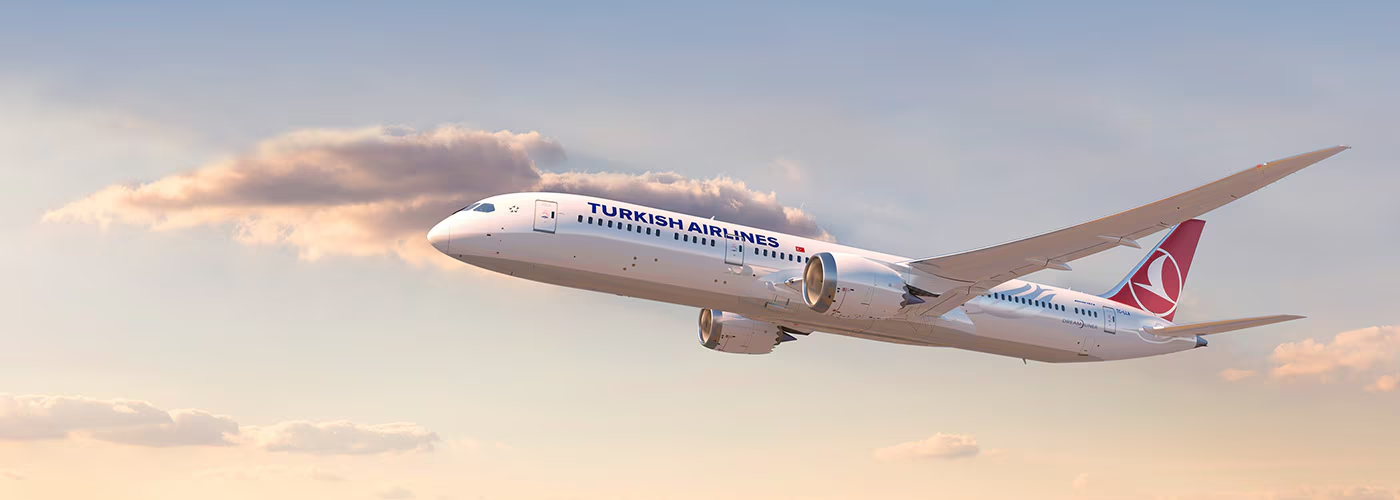How Do Budget Airlines Keep Their Prices So Low?
Ryanair, EasyJet, and Southwest Airlines are all budget airlines. Flying with low fares and no frills, the ticket price covers only the seat. Anything else, such as in-flight meals and check-in baggage, will cost extra, often costing more than the ticket itself. So then, how are airlines like Airasia keeping their airfares so affordable?
1) Airports

Low-cost carriers often fly to smaller airports, often outside the city. For example, Ryanair departs from London Stansted, Gatwick, and Luton instead of the much more expensive and convenient London Heathrow Airport. London Stansted, London Gatwick, and London Luton aren’t actually in London at all; instead, they’re in their own different towns, “London” Luton airport is in Luton, a town in Bedfordshire. This isn’t just with European budget airlines, it’s a common occurrence in Asia too. An example of this is Airasia operating most of their flights out of the smaller and older Bangkok Don Muang Airport instead of the larger and more well-known Bangkok Suvarnabhumi Airport. There is a very good reason for budget airlines to fly out of these smaller airports, which is all down to one thing you will notice with all these methods. Cost. It is cheaper for them to use smaller airports outside the city, the fuel is sometimes cheaper, and so are all the airport services they use (baggage claim, airport staff, check-in desks).
2) Bulk-Buying Aircraft

A common trend with almost all budget airlines is purchasing bulk aircraft. The reason that this is a smart technique is that when airlines buy a large number of airplanes in one go, the manufacturer is more likely to give a discount. This often ends with the budget airline having several of the same aircraft types. Such as how Ryanair only operates the 737 family and EasyJet and Wizz Air only operate the Airbus A320 family.
3) Staff Training Costs

A small variation of aircraft types also benefits the airline when it comes to training its crew; having the same type of airplane saves training costs for both pilots and flight attendants, as they only need to be qualified on one or two aircraft variations. It will also be easier for the airline to manage if the manufacturer suggests that the aircraft type has faulty parts. A pretty smart move.
Sources:
- Internationalairportreview.com
- Ryanair website
- Thai Lion Air
Hello!
You might also like:
- Breaking News: Oman Air announces partnership with Chelsea FC
- Aviation’s Controversy With 5G Networks
- Turkish Airlines Gears Up for Massive 600 Aircraft Order Announcement
- Airbus and Cathay Pacific Partner To Cut Pilot Staffing On Long Haul Flights
- The Tragic Story of the Überlingen Mid-Air Collision
Discover more from Aviation for Aviators
Subscribe to get the latest posts sent to your email.














3 comments